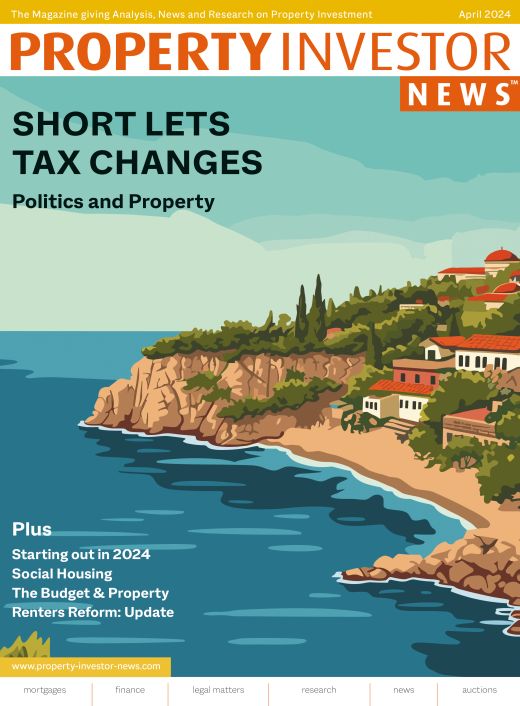Australia’s capital cities have recorded a fall of 0.7% (seasonally-adjusted) in residential property prices for the first time in June 2010 after 17 consecutive months of growth, according to RP Data-Rismark.
During the Q2 2010, Australian dwelling values remained flat with effectively no growth (+0.1% in seasonally-adjusted terms), representing a significant deceleration in the quarterly increases of home values. Since the start of 2009, the average quarterly capital growth realised by dwellings located in Australia’s capital cities has been 3% (seasonally-adjusted).
Tim Lawless, national research director from RP Data, said: “The June results confirm the slowdown that RP Data and Rismark had been predicting for some time as the RBA lifted the headline variable mortgage rate from 5.75% in the GFC to 7.4% today, which is near its long-term average since the mid 1990s. The deterioration in monthly capital gains was first evidenced in RP Data–Rismark’s April results, which reported a halving in the monthly growth rate experienced over the previous year.”
All capital cities experienced zero or negative growth in Q2 with the exception of Adelaide where property prices rose by 1.1%. Adelaide also happens to be the cheapest capital city outside of Hobart with a median property price of just AU$390,000, which is 16% less than the median property price in Australia’s capital cities of AU$465,000. RP Data’s national research director, Tim Lawless, notes that the median dwelling price across all markets is a much lower $415,000
Properties in Sydney (+0.5%), Melbourne (+0.2%), Brisbane (-1.3%), Perth (-2.5%), Darwin (-0.1%) and Canberra (-0.8%) all experienced a marked reduction in growth rates in Q2 from the 3% per quarter pace witnessed since the beginning of 2009.
Lawless said: “Combined with the latest inflation figures, the slow-down in the housing market vindicates the RBA’s decision to put interest rates on hold since May 2010. With first time buyers finding it harder to access the market as affordability has deteriorated, a freeze in capital growth will offer prospective buyers some much needed breathing room.
“RP Data–Rismark’s results for the most expensive 20% of suburbs show a real shift in the market dynamic. Through most of 2009 and the first quarter of 2010 it was the premium markets that experienced the strongest capital growth. In recent months, the middle 60% of suburbs have outperformed. It’s likely that the top end has been adversely affected by the volatile share market and the uncertainty swirling around Europe and North America. Another variable impacting sentiment may be the federal election, with some people placing their purchase or sale plans on hold subject to seeing the full set of policy positions.”
The monthly magazine providing news analysis and professional research for the discerning private
investor/landlord
























